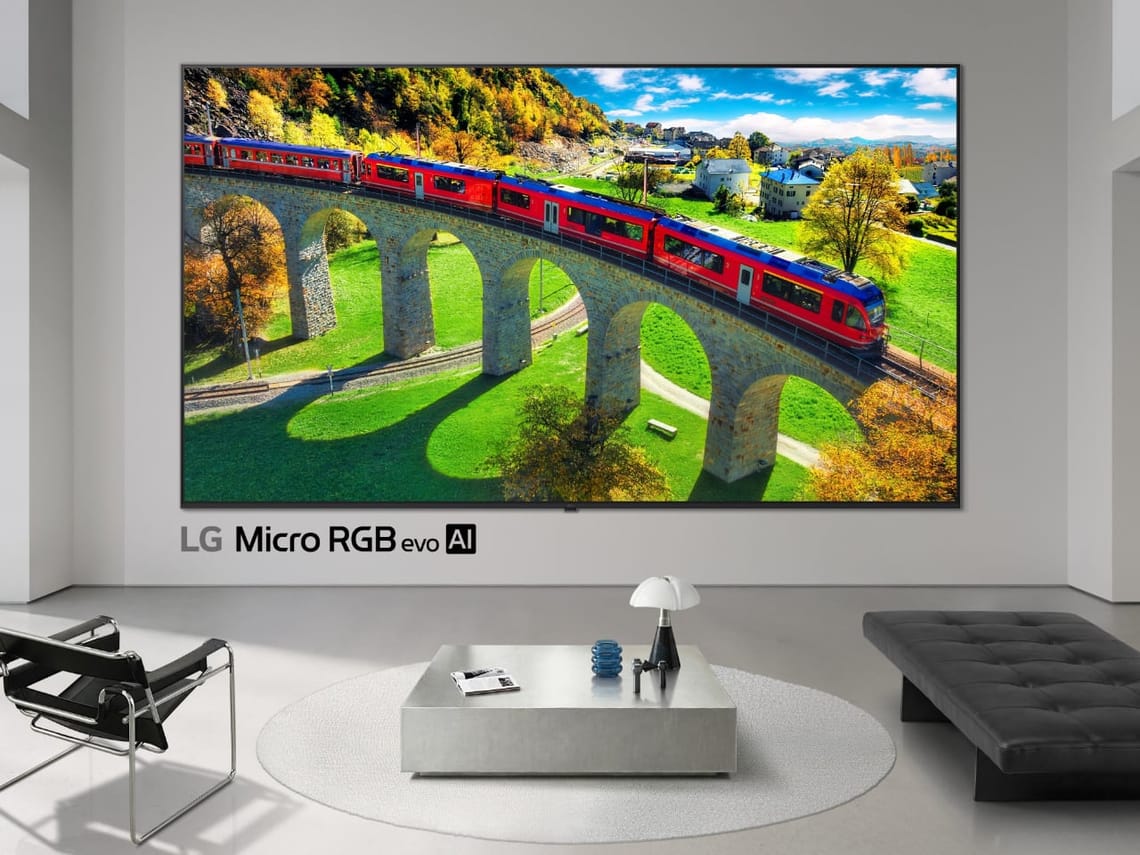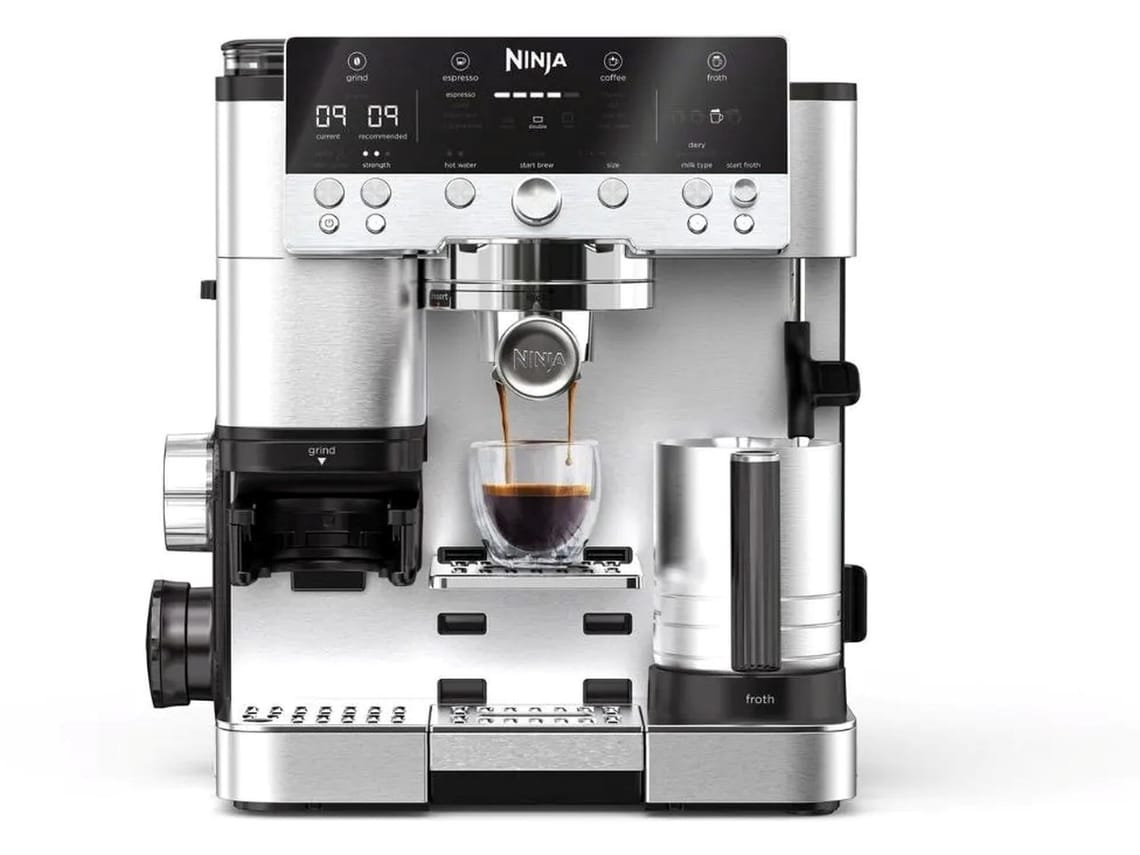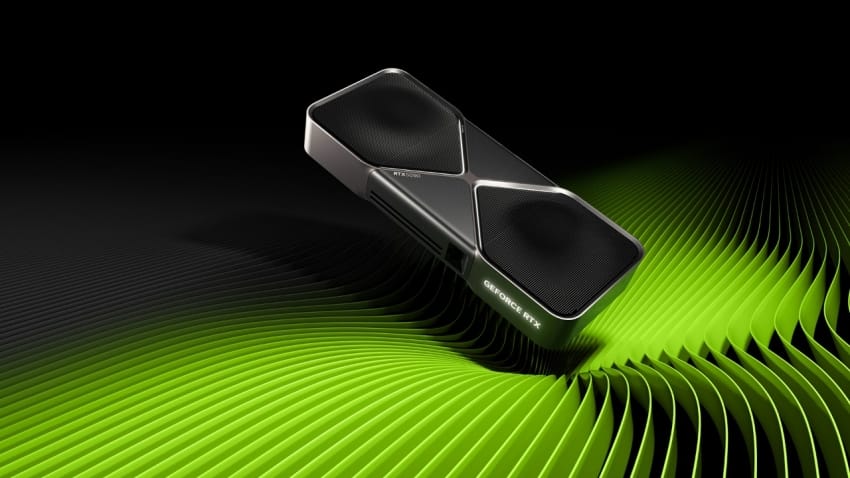The Motorola Edge 70 joins the ultra-thin phone race alongside the iPhone Air and Samsung Galaxy S25 Edge, but it takes a different approach. At 5.99mm thick, it’s not as slim as Apple’s offering but packs a larger 6.7” OLED display, a bigger 4800mAh silicon-carbon battery, and features like stereo speakers and wireless charging.
Where the iPhone Air and the S25 Edge command premium prices, the Edge 70 comes in significantly cheaper (AED 1999 in the Middle East), while actually addressing some of the trade-offs that typically come with thin phones.
The only downer to the overall package is the mid-range Snapdragon 7 Gen 4 processor instead of the flagship silicon found on the two competing phones. Still, Motorola has managed to build something that makes the slim phone formula feel more practical and more affordable. In many areas, the Motorola Edge 70 is not only an iPhone Air on a budget, but it’s better for the budget.
Design and Features
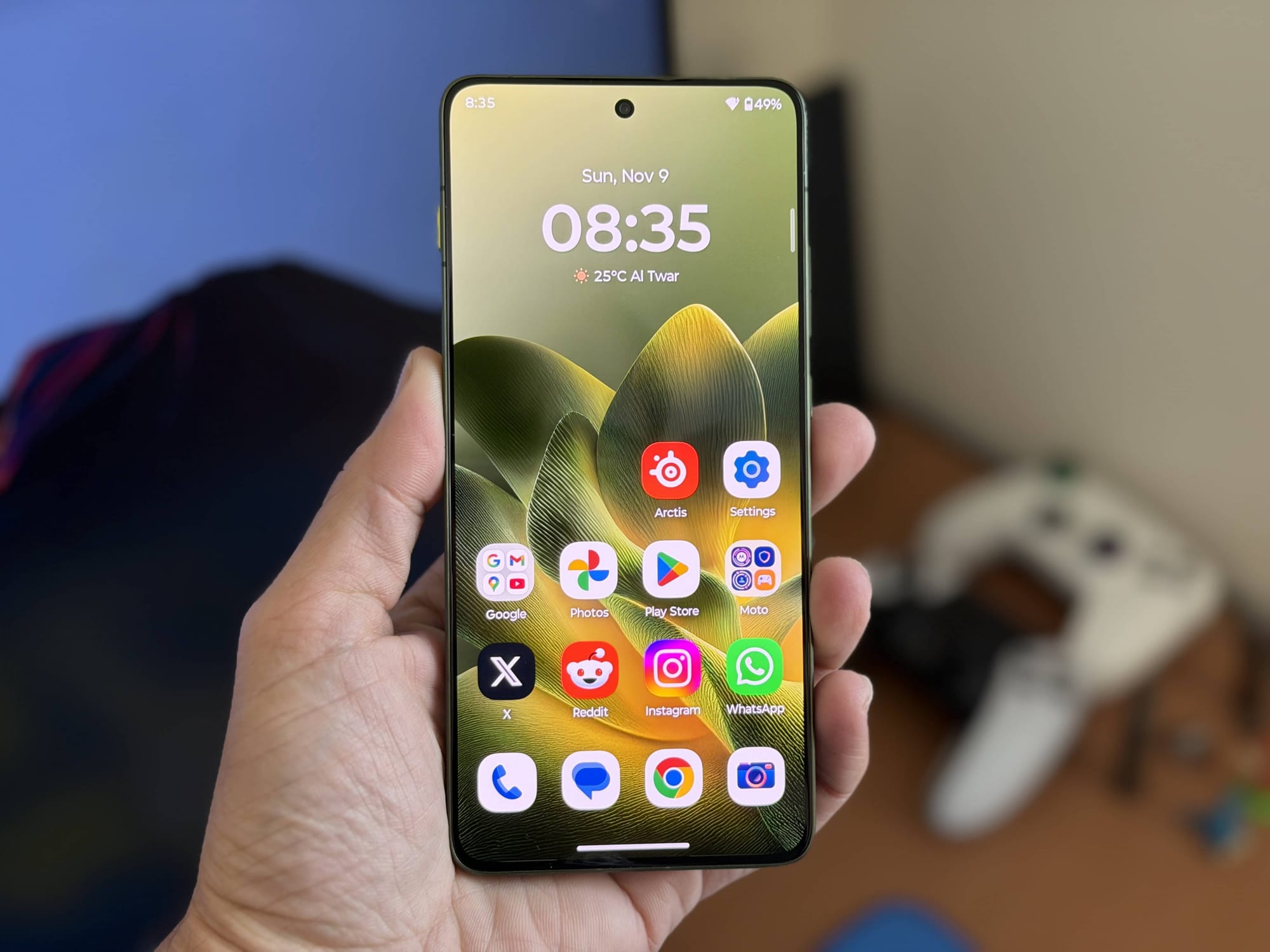
The Edge 70 measures 5.99mm thick and weighs just 159g, which makes it one of the thinnest and lightest phones on the market. I have only used the iPhone Air in passing, so this is my first real experience with a super-slim phone, and honestly, it feels ridiculous in the hand—in the best way possible.
It’s like holding a piece of paper, except this paper can browse the internet and show me food videos. The lightweight construction makes it incredibly easy to carry around and use, and even after a week with it, that initial “wow, this is thin” feeling hasn’t worn off.

For perspective, the iPhone Air measures 5.6mm—a 0.3mm difference that’s basically invisible in everyday use. The Samsung Galaxy S25 Edge sits at around 5.8mm.

The frame is aluminium, which provides a solid structure without adding unnecessary weight. Where things get interesting is the back panel. Instead of glass, Motorola went with a textured silicone material. It might not be the most premium material, but it’s more practical and less prone to shattering when dropped.

The build quality feels really good in the hand - there’s a solidity to it that doesn’t match the featherweight feel. I got the Pantone Bronze Green version, and it’s undoubtedly gorgeous. Motorola has always had a knack for stylish yet minimalistic design, and the Edge 70 shares the same DNA.
The green colour is subdued but classy, and the bronze-ish highlights on the AI button and the camera rings add just the right amount of flair without feeling overly done or tacky. The silicone back also gives you actual grip and a distinct texture that makes the phone easier to hold. It’s less prone to showing fingerprints too, which is a nice bonus.

The Edge 70 carries both IP68 and IP69 ratings for dust and water resistance. The IP68 rating means it can survive being submerged in up to 1.5 meters of water for 30 minutes, while the IP69 rating provides high-pressure, high-temperature water-jet resistance.
Motorola also has MIL-STD-810H certification, which is a military standard for durability testing that covers drops, vibration, extreme temperatures, and other environmental factors. It doesn’t make the phone indestructible, but it does suggest Motorola put some thought into making this thing survive real-world use despite its size.
So it was surprising to learn that the Edge 70 uses Gorilla Glass 7i on the front, which is a step down from the more advanced ceramic-hardened glass you will find on the iPhone Air and S25 Edge. It’s still reasonably tough and should handle normal scratches and minor drops without issue. Still, it won’t be quite as resistant to deeper scratches or harder impacts as those premium alternatives.
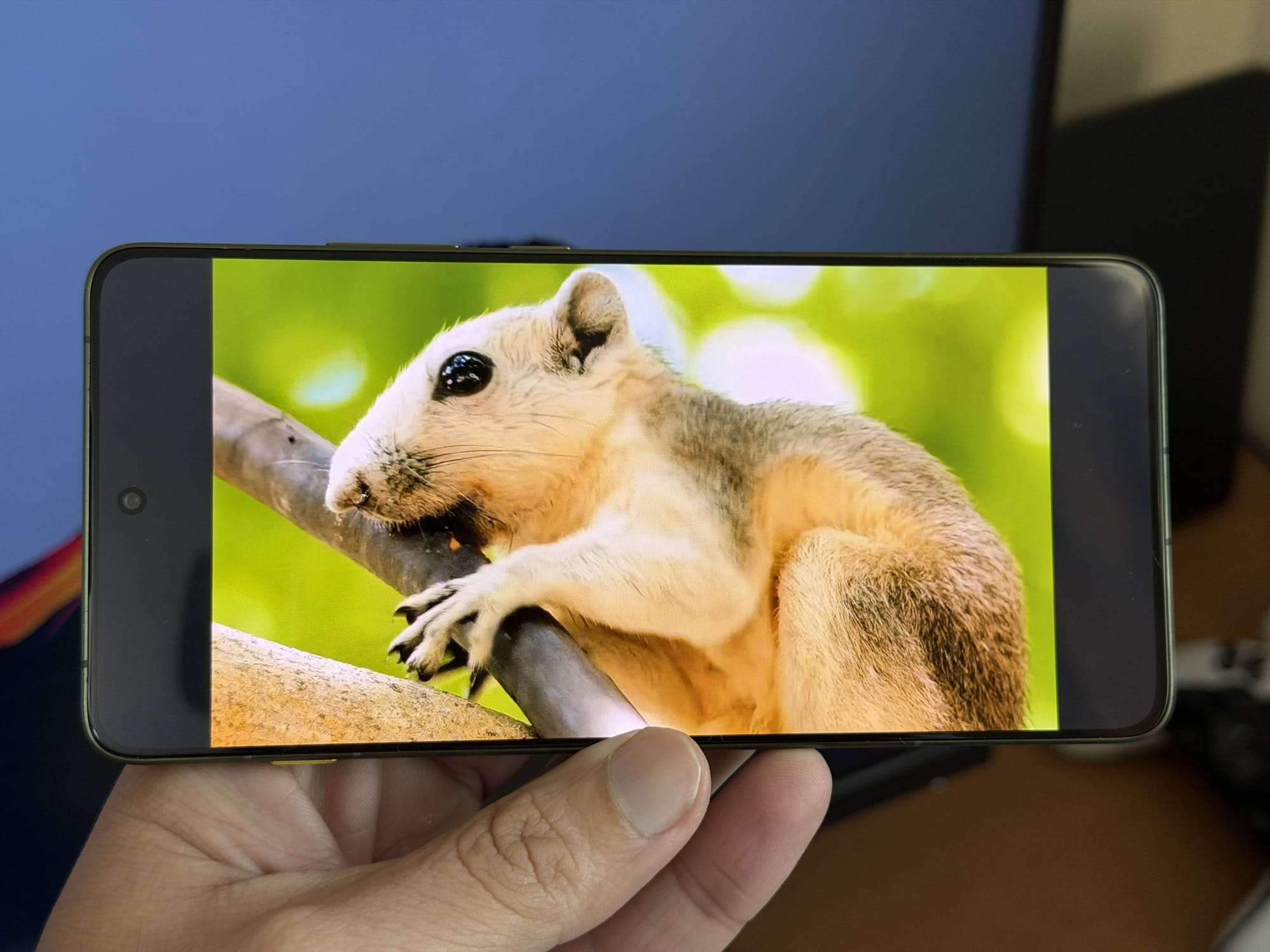
The 6.7” OLED display is excellent and has a 90.8% screen-to-body ratio, with barely any bezels. The display quality is expectedly fantastic, with deep blacks, vibrant colours, and a 120Hz refresh rate to back it up.
Motorola claims the display can reach 4500 nits of peak brightness, which is plenty to keep the screen visible even in direct sunlight. You get HDR10+ support for better contrast and colour in compatible videos, and the screen dims nicely for comfortable nighttime viewing without being harsh on the eyes.
One area where the Edge 70 has a clear advantage over the iPhone Air (but is on par with the S25 Edge) is audio. You get stereo speakers—one firing downward from the bottom and one from the earpiece at the top. The iPhone Air only has a single speaker, an unnecessary compromise in my books.
As such, you get actual separation and a fuller sound, although the speakers still aren’t as good as the iPhone 17 Pro, for example, and feel a bit thin and shouty at times. Motorola also included Dolby Atmos support, which adds some spatial audio processing, but the difference is hard to notice.

There’s also a physical SIM card tray on the Edge 70, along with a USB-C 2.0 for charging and data transfer. On the left side, you will find a dedicated AI button, and on the right, you have the usual volume and power buttons.
Cameras
The Motorola Edge 70 features a 50MP main camera with f/1.8, 24mm wide-angle, and OIS, as well as a 50MP ultrawide lens. For the price, they are strictly okay, so don't go in expecting it to punch above its weight.
The Edge 70 takes reasonably decent daylight shots with good colour reproduction, dynamic highlights and control over the noise. But it does struggle to capture the finer details, and it doesn't seem to apply any sharpening processing. As a result, when zooming in, the image looks quite soft and fussy. The pictures look good on the phone and when shared on social media, but they don't hold up against other mid-range cameras.

It can also do 2x digital zoom, which captures similar pictures.
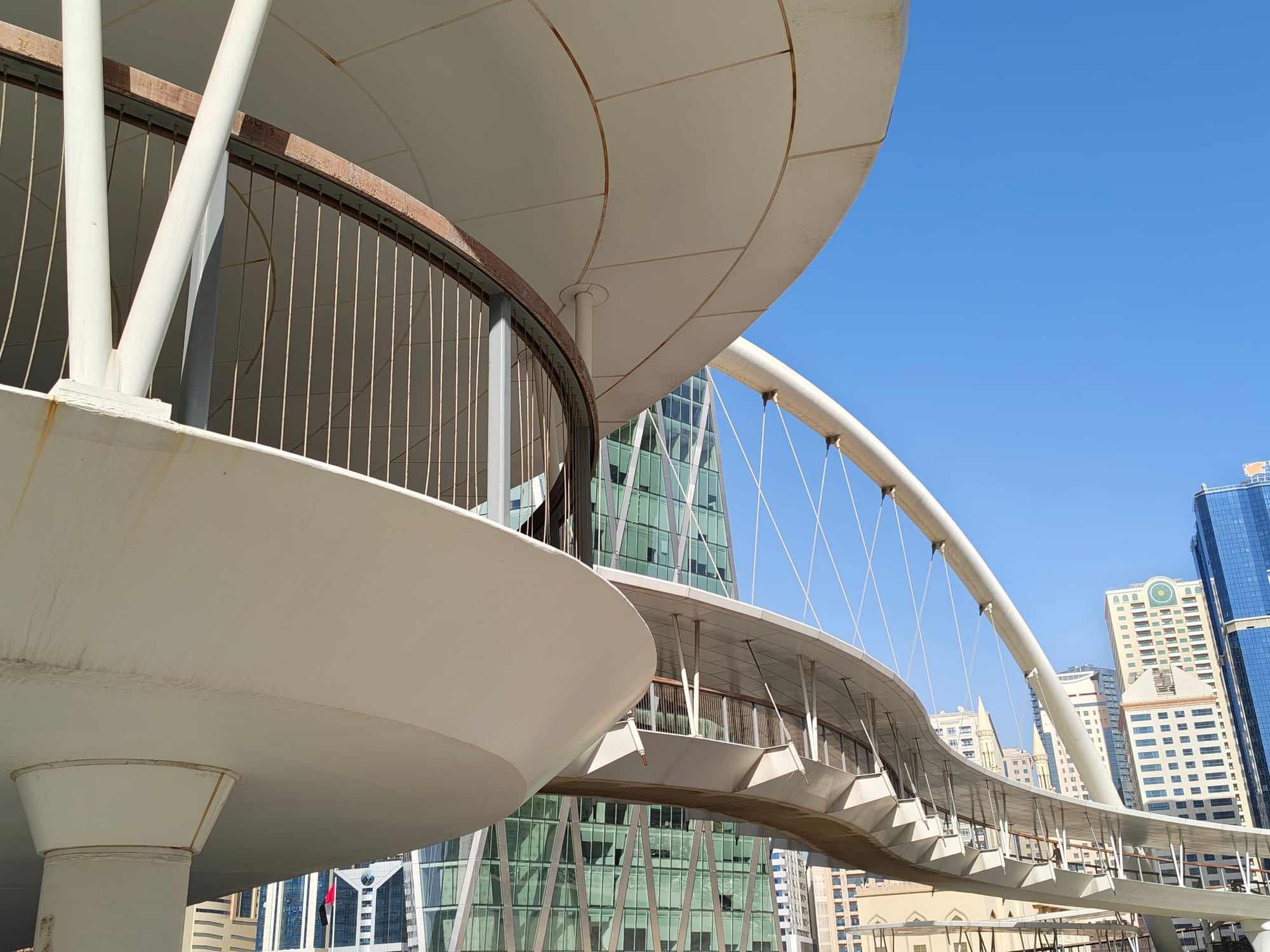
Ultrawide shots are pretty poor, with visible bending across the frame, but at least the picture quality isn't any worse than the primary camera.

Nighttime shots are decent, too. It does manage to let enough light in and capture the larger details, but just like the daytime shots, there is a lack of detail, and the overall image is soft.

Performance and Software Experience
My unit of the Motorola Edge 70 came with 16GB of RAM and 512GB storage, and features an older mid-range Snapdragon 7 Gen 4 chipset.
| Benchmark | Score |
|---|---|
| 3DMark Steel Nomad Light | 768 |
| 3DMark Wild Life | 7563 |
| Geekbench 6 CPU - Single Core | 1330 |
| Geekbench 6 CPU - Multi Core | 4106 |
| Geekbench 6 GPU | 4830 |
| Geekbench AI (GPU) | 1639 |
The processor is far from being a top-tier smartphone chip, and gamers looking for maximum performance won’t be entirely satisfied, but most games should run fine - just don’t expect the highest visual fidelity and frame rate. But for day-to-day operations, it runs extremely smoothly, with no stutter or lag anywhere.
Jumping from one app to another, doom-scrolling through social media, messaging—it all just works without a hitch. The animations remain stable and smooth, as well. The only place where the processor shows its age is in the camera viewfinder and image processing. The viewfinder judders while panning, and images take 2-3 seconds to process before it presents the final image.
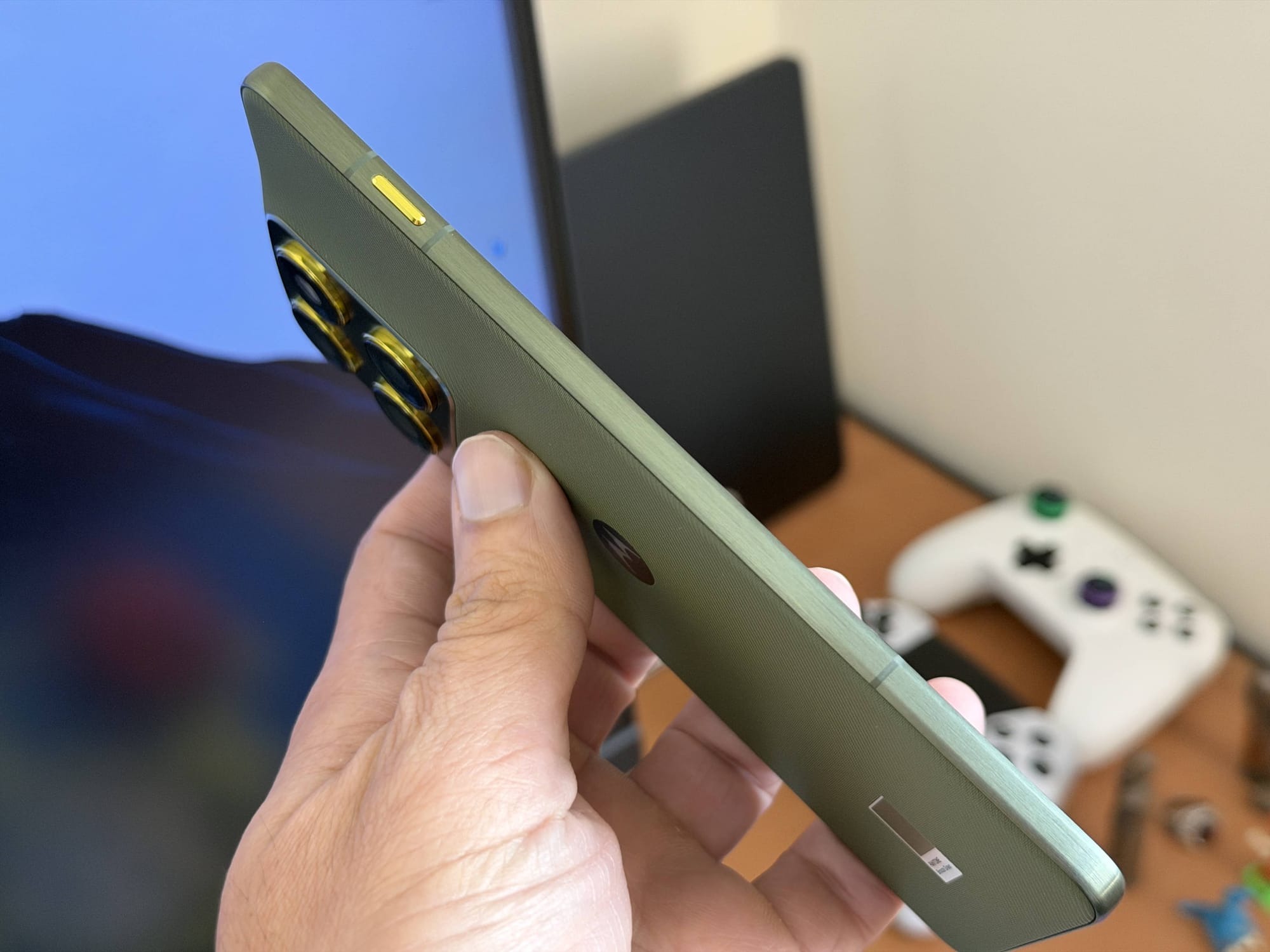
The phone runs Android 16 out of the box with four years of major OS updates "promised". Motorola isn't really well-known for timely updates, so take that with a pinch of salt. Also worth noting is that this is less than Samsung's or Apple's commitments, which is a bit of a bummer.
The actual Android experience is fine once you get past the initial setup, but getting there is a bit of dodging pre-installed apps and games you don’t want. Motorola preloads at least 14 of its own apps —some useful, some not —as well as a bunch of games and social media apps like LinkedIn and Facebook, despite skipping the other apps it wants you to download during setup. Deleting them and turning off advertising suggestions is possible and quick, so it’s not much of a hassle.
It comes with Perplexity and Microsoft Copilot+ AI apps, in addition to the omnipresent Google Gemini. That’s a lot of AI options, with the former two used within Moto AI, Motorola’s own dedicated artificial intelligence to help you find apps, settings and answer queries. Perplexity is used to answer questions, while Copilot generates images. It’s just too much AI bloatware for me, and most users will default to Gemini since it already does all that.
Moto AI has a bunch of other features, such as summarising notifications, creating memories from screenshots or notes, recording audio and transcribing it, and creating images and wallpapers. While they are helpful in their own way, I never quite used them and only see myself using the ‘Pay Attention’ feature, which loads up the voice recorder quickly.
Battery Life
The 4800mAh silicon-carbon battery is one of the Edge 70’s strongest features. For context, the iPhone Air has a 3149mAh battery, and the S25 Edge has 3900mAh. The difference shows up in real-world use. The battery life is excellent—not just for a slim phone like this, but for smartphones in general. The 4800 mAh capacity is plenty to keep it ticking along for an entire day of heavy use, and it might even leave some juice in the tank for a second day of operation.

Silicon-carbon battery technology lets manufacturers pack more capacity into less space, and Motorola used that to fit a proper-sized battery into a 5.99mm phone. In my testing, starting from 100%, I ended the day with around 25-30% remaining with heavy use - mostly doom scrolling, watching tons of YouTube videos, messaging on WhatsApp, and general web browsing.
The phone supports 68W wired charging, which gets you from empty to full in about 45 minutes. There’s also 15W Qi wireless charging, though it doesn’t support Qi2. Motorola also bundles a MagSafe-compatible case in the box.
Should You Buy the Motorola Edge 70?
The Motorola Edge 70 competes with the iPhone Air and the Samsung Galaxy S25 Edge in the ultra-thin space, and, in some respects, it’s even better despite its lower price tag.
At AED 1999, it’s significantly cheaper than the iPhone Air (AED 4299), and you get better battery life, a slightly larger screen, similar ergonomics, a stylish design, stereo speakers and hey, even a SIM-card tray. Where the Edge 70 skips a beat is its mid-range processor and cameras, whereas the Air packs Apple's latest and greatest chipset and a better primary camera.
The comparison with the S25 Edge (AED 4299 MSRP, but AED 2649 street price at the time of writing this review) is closer, with near feature parity between the two. The Edge 70 has the advantage of a larger battery pack and a cheaper price tag, but again, it falls behind with that inferior processor.
While I would personally opt for the S25 Edge over the Edge 70 for the extra money - mostly due to my preference for OneUI and Galaxy AI for images which, I still firmly believe, Samsung taps into the multiverse to pull off - the Edge 70 is still a fine piece of hardware that makes ultra-thin phones a whole lot more accessible without any major compromises.
Despite its mid-range processor, the Edge 70 ticks all the right boxes for what a slim phone should be and makes a solid case for how this form factor can work without compromising on what actually matters, given its size.
Subscribe to our newsletter to get the latest updates and news






